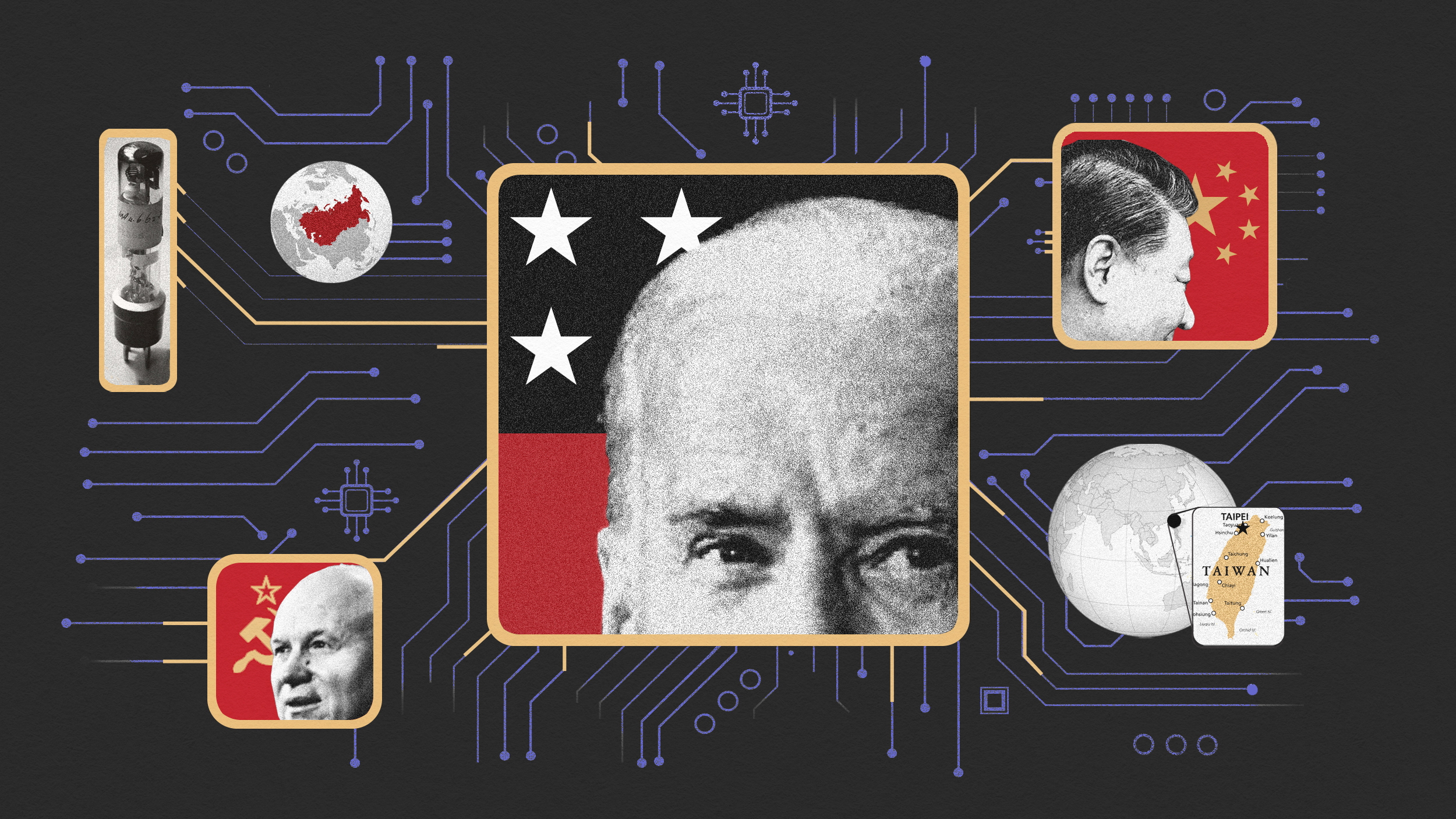The end of teacher sameness and solidarity
Terry Moe and John Chubb say…
n
n
[I]n American education, policy making is not guided by what is best for children or the larger public. It is a political process driven by power. And the most powerful groups in that process are special interests, led by the teachers unions, with a stake in keeping the system as it is. . . . Reforms of real consequence are vigorously resisted and watered down. (p. 149)
n
Traditionally, teachers have taught students face-to-face in classrooms. This is the standard role, common across virtually all teachers, and has allowed for a pervasive sense of occupational sameness that has long been a very good thing for the unions. It encourages teachers to see themselves as having a common set of work interests, as being equally deserving, and as sinking or swimming together. And all of this promotes solidarity, which is critical to the unions’ ability to attract members, gain their financial and emotional support, and mobilize them for economic and political ends. (p. 158)
n
[T]eachers unions are steadfast in demanding sameness . . . [t]he idea is to minimize all sources of differentiation, because they undermine the common interests and solidarity that so contribute to union success. . . . [H]owever, technology gives rise to a differentiation of roles among teachers. Some may still work face-to-face with students in classroom settings. . . . Some may work with students in computer labs, handling much larger classes than today’s teachers do (because the computers are taking over much of the actual teaching). Some may work with students online but still do it in real time. Some may engage in distance learning but do it asynchronously . . . Some may work mainly with parents, monitoring student progress and assuring proper student oversight. Some may oversee or serve as mentors to the front-line teachers themselves. And more. These and other jobs . . . require different skills and backgrounds, may call for varying levels of pay, . . . offer teachers a vast array of occupational opportunities they didn’t have before, encourage a level of entrepeneurialism and individualism among them . . . The profession of the future will be a much more differentiated and entrepeneurial one, and such a profession spells trouble for the unions . . . it is destined to be a profession that will no longer concentrate teachers in common geographic locations and monopoly employers – and the resulting dispersion of teachers to new locations, combined with the diversity of employers that goes along with it, cannot help but create additional layers of differentiation that affect how teachers see their own interests. (p. 159–160)
n
[T]he pervasive sameness that the unions have always counted on will slowly fall apart. As the years go by, they will have a harder time generating the solidarity they need to motivate teachers to join, to keep them as members, to mobilize supportive action – and to do the things successful unions need to do if they are to wield power in politics. As sameness and solidarity decline, so too will their political power. (p. 160)
n
[Liberating Learning: Technology, Politics, and the Future of American Education]
n
Previous posts in this series
n
- n
- n
- n
- n
Technology will free learning from the dead hand of the past
- n
Technological change is destined to be resisted by the teachers unions
- n
Correlation or causation? Teacher resistance to state technology initiatives
- n
Greater use of technology allows for decreased numbers, but improved quality, of teachers?
n
n
n
n
n
n
n




